This article was adapted from the original in English published by JA Solar
There are two types of photovoltaic modules: monofacial, which absorb solar irradiation only on the front face, and bifacial, which absorb solar irradiation on both faces (front and back).
You bifacial modules employ cells slightly different from those used in conventional modules.
While conventional photovoltaic cells have a metallized back, bifacial cells have metallization on the back face similar to that used on the front – which allows both sides to absorb sunlight.
Furthermore, while conventional (monofacial) modules are covered on the back by an opaque polymeric sheet (backsheet), bifacial modules can have a transparent plastic sheet or a second glass sheet on the back.
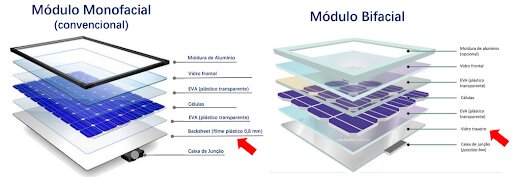
As a result of this difference, bifacial modules are capable of absorbing solar irradiation on both sides (front and rear), as shown in Figure 2 below.
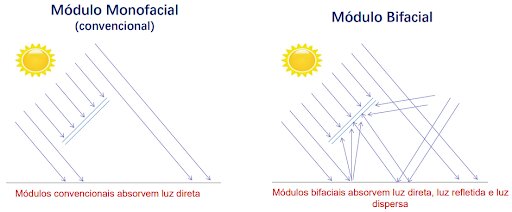
In addition to structural differences, one difference that needs to be addressed between the two types of modules is the issue of durability. Bifacial modules with rear glass generally have a 5 year longer warranty than monofacial modules.
Due to the constructive difference in relation to monofacial modules, bifacial modules with back glass have a lower risk of microcracks in the photovoltaic cells, as the center of the module suffers less mechanical stress – as illustrated in Figure 3.
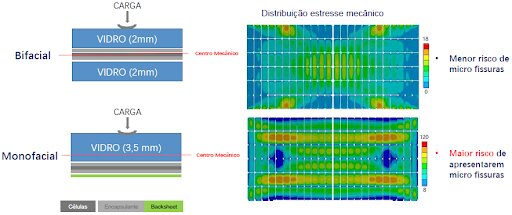
Another advantage of bifacial modules is the smaller amount of hotspots present in the modules, since the thermal coefficient of glass is greater than that of backsheet, as shown in Figure 4. Furthermore, as a result of this difference, bifacial modules have greater efficiency in places with low ventilation.

Because of these differences, it is possible to see graphically (considering the LID – light-induced degradation – initial 2% and annual power degradation of 0.45% and 0.55 for bifacial and monofacial, respectively) the performance guarantee relationship and degradation between modules as shown in Figure 5, since bifacial modules, due to glass on the back, have greater efficiency and less degradation.
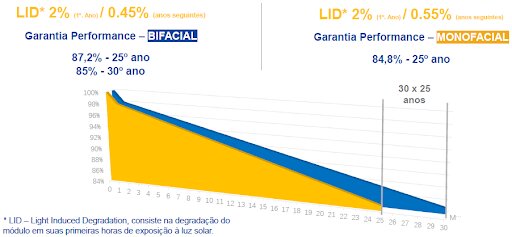
Another important point is the issue of albedo in bifacial modules. Due to the presence of glass on the back of the module, the reflectance of the irradiation on the ground (indirect light) further influences the gain in energy generation. So, comparing bifacial and monofacial modules of the same power, bifacials have a greater energy generation compared to monofacials. This generation gain is measured by the bifaciality factor (FB), which is mathematically expressed by:
FB = Pmax, rear / Pmax, front
Where:
Pmax,rear: maximum power due to the light received at the back of the module;
Pmax,front: maximum power due to the light received on the front of the module in STC.
Generally, this data is always present in the data sheets of bifacial modules, as exemplified in the table below.
Table: Data of the mono-PERC Half-cell 330-350W bifacial module, model JAM60D10/MB. Source: JA Solar
Last but not least, the modules differ in their fire resistance rating, due to the fact that the back of the bifacials has glass instead of the polymeric coating.
Bifacial modules have a level A classification (better fire resistance), while monofacial modules, as they have backsheet plastic on the back, have a level C rating (basic fire resistance).


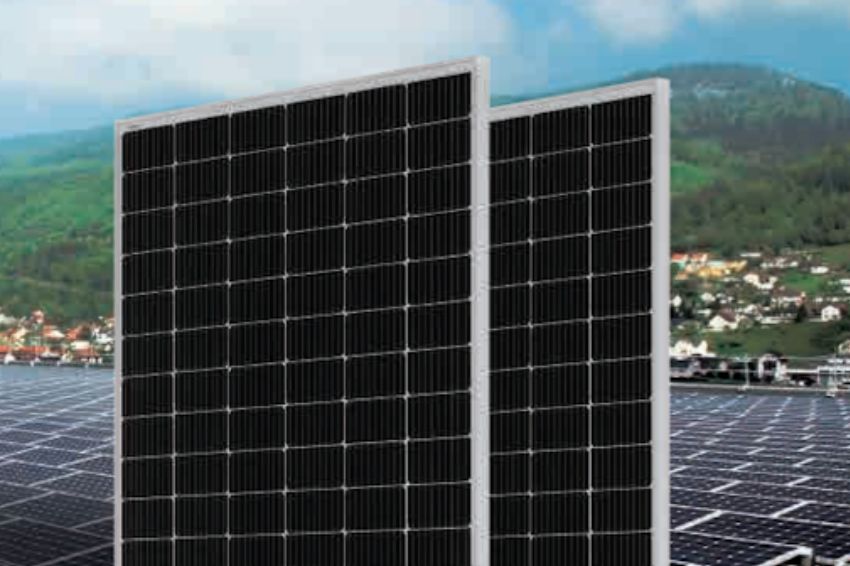


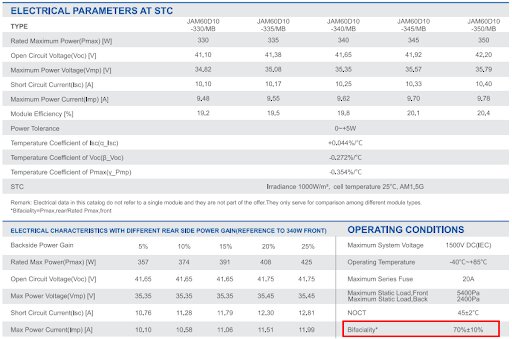
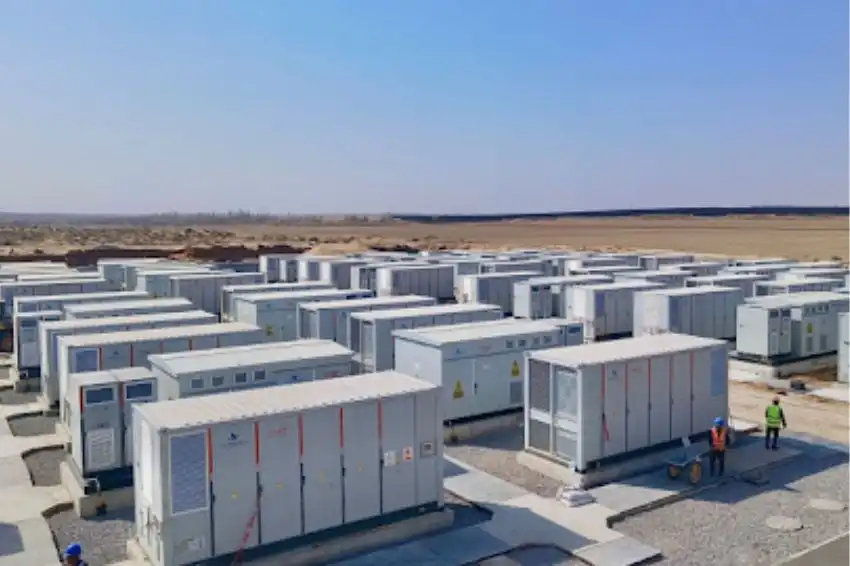

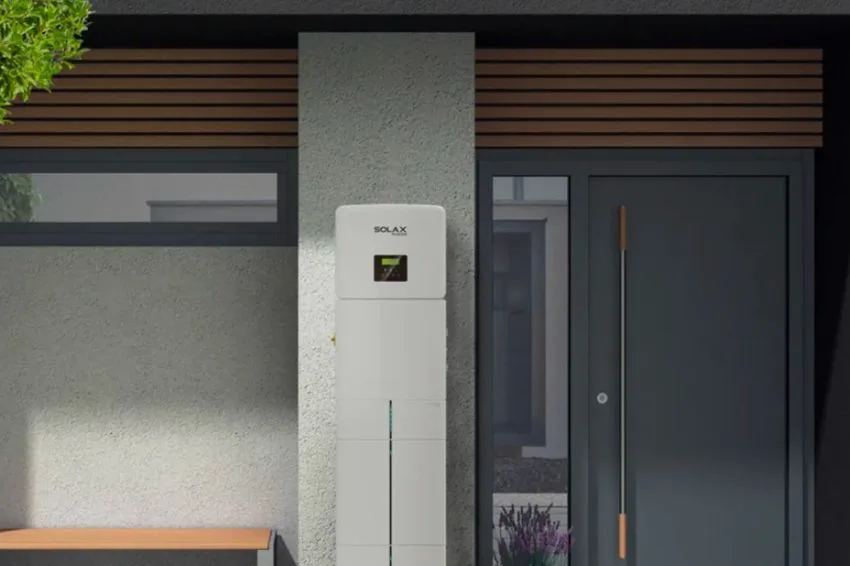
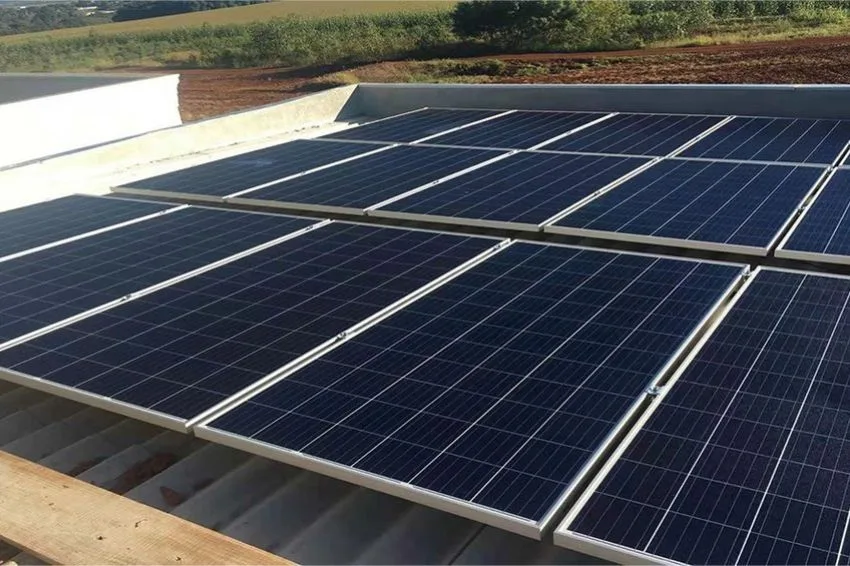

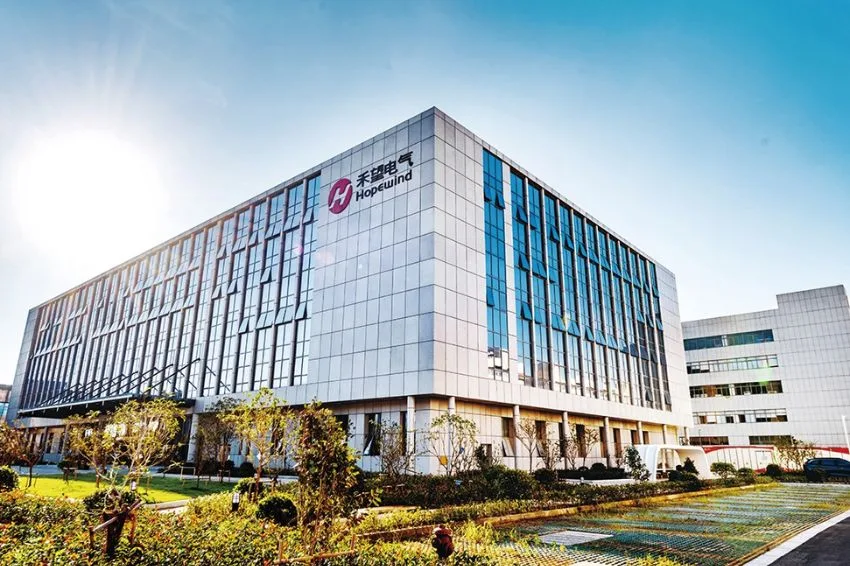







2 Responses
Friend, you didn't make any consideration as to how far these modules need to be from the ground for them to be efficient. Another thing, in your own example drawing, the sun is in front of the modules, how does that incidence of light come in behind the module?
Good afternoon, Mauricio, how are you? The first consideration is relative, obviously in a roof structure the rear efficiency is minimal, but in a ground structure it can vary according to the type of soil in the system, where the albedo also influences this rear efficiency. And the second consideration, the capture of solar rays from the rear is done indirectly, either by reflecting the solar ray to the ground, or by reflecting the rays that fall on the module and return to the rear, since bifacial modules are covered with glass on the front and back.